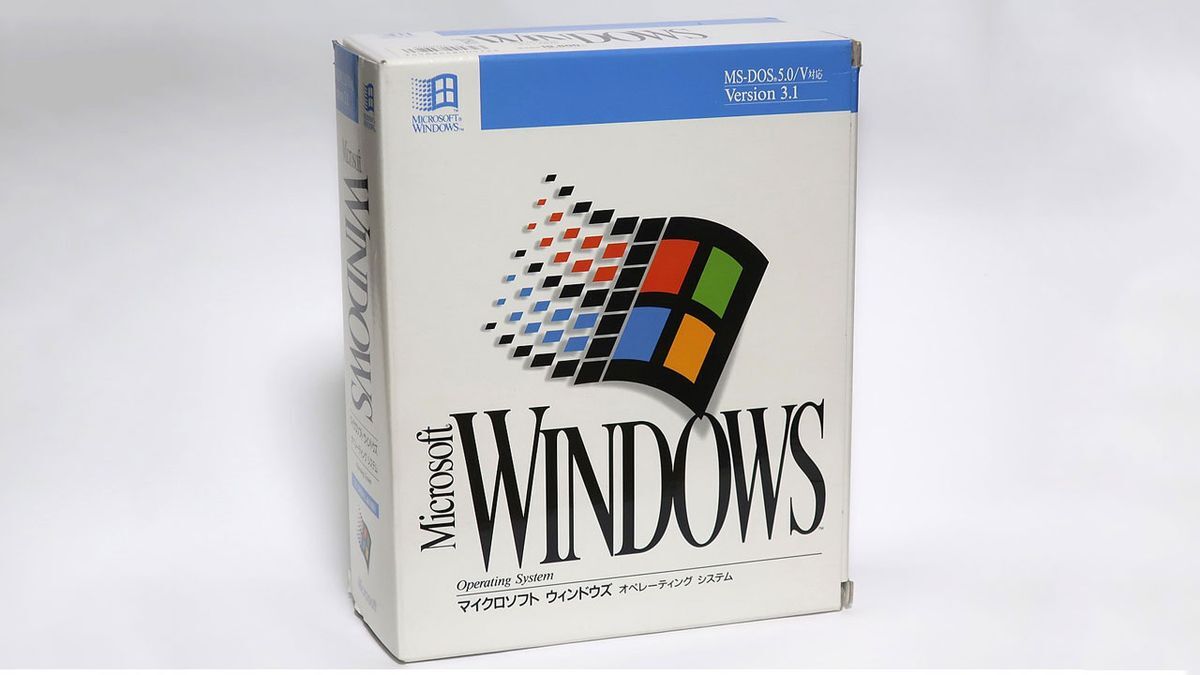Windows 3.1, launched in 1992, is likely not getting any updates. So, when CrowdStrike pushed the faulty update to all its customers, Southwest wasn’t affected (because it didn’t receive an update to begin with).
Aside from Windows 3.1, Southwest also uses Windows 95 for its staff scheduling system.
One X user suggested that the company switch to Windows XP—it’s also no longer updated, and it can run Windows 3.1 applications via compatibility mode.



So they spend more on maintenance, but the system is also dependable? That seems contradictory.
Not really. A machine that only breaks down every 10 years but is expensive to repair could be considered dependable and expensive to maintain. Similarly, a machine that has expensive parts which rarely fail within their expected lifespan could be considered dependable and expensive to maintain.
Edit: you’re also ignoring the cost of finding and hiring people who know how to maintain the systems. The systems themselves could be dependable, but the skills required to maintain them are expensive.
@iAmTheTot @MossyFeathers
It’s not. Stability and dependability don’t imply cheap.
The real problem is if these systems aren’t as dependable they expect because … ya know zero-days and unpatched holes.